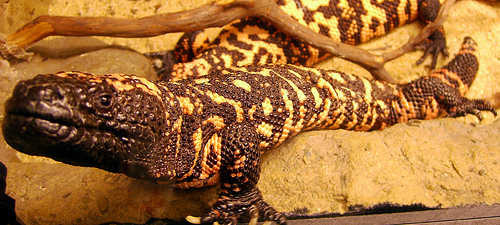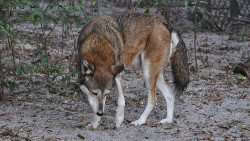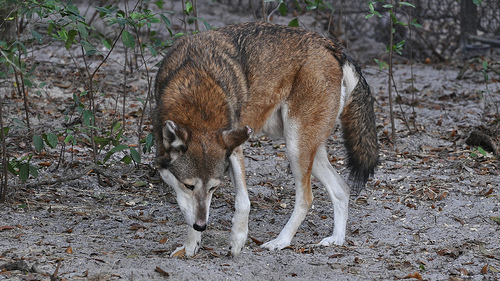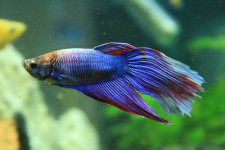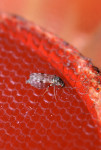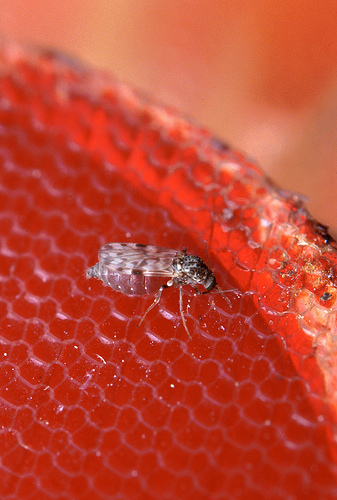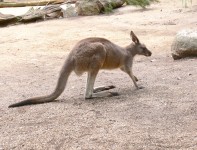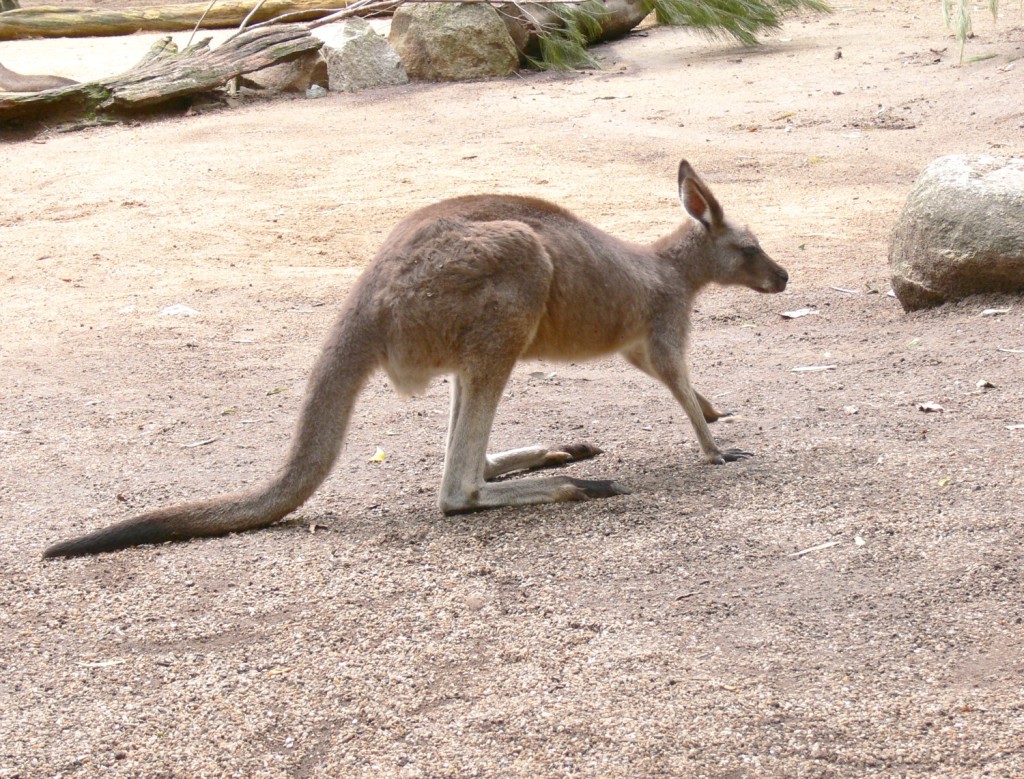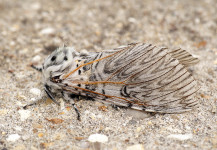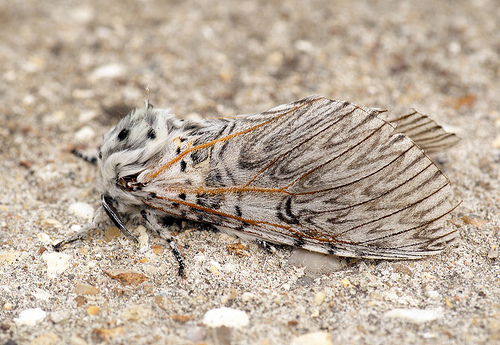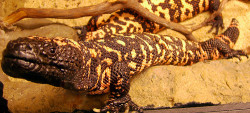
Gila monsters have turned back the clock!
- Gila monsters are a lizard of larger size native to the southwest of the United States and to the northwest of Mexico, and were named after the Gila River Basin or the Gila River, where they were initially found, in the United State’s Arizona.
- A Gila monster has the scientific name Heloderma suspectum and is from the family Helodermatidae, the family of American venomous lizards.
- Gila monsters typically grow to be 30 to 60 centimetres (12 to 24 inches) in length, making them the largest living land-dwelling lizard in the United States, and they usually weigh between 1.3 to 2.2 kilograms (3 to 5 pounds).
- Habitats that Gila monsters thrive in include desert, shrubby areas, woodlands and rocky areas, and they mostly live alone in burrows spending most of their time there.
- The diet of Gila monsters is carnivorous, consisting primarily of frogs, eggs, insects, birds, small mammals and lizards.
A Gila Monster
Image courtesy of walknboston/Flickr
- Gila monsters can live without food for months, although they may eat up to a third of their body weight in a single sitting, mostly eating their prey by swallowing whole.
- Gila monsters have a very strong grip and are thus difficult to pry from a bite, while submerging underwater is the best method to force release, and although their bite is venomous it is not lethal to a healthy adult despite causing symptoms of weakness, great pain and a drastic reduction in blood pressure.
- Around two to thirteen eggs are produced by female Gila monsters at a single time, and they are buried in a shallow hole.
- Gila monsters are listed as near threatened, and in 1952, they were protected under law and were the first venomous animal to receive such protection.
- The saliva of Gila monsters contains a chemical that can be used as a treatment for those with diabetes, as it assists in controlling blood sugar levels.
Bibliography:
Gila Monster, 2015, A-Z Animals, http://a-z-animals.com/animals/gila-monster/
Gila Monster, 2015, National Geographic, http://animals.nationalgeographic.com.au/animals/reptiles/gila-monster/
Gila Monster, 2015, San Diego Zoo, http://animals.sandiegozoo.org/animals/gila-monster
Gila Monster, 2015, Wikipedia, https://en.wikipedia.org/wiki/Gila_monster





